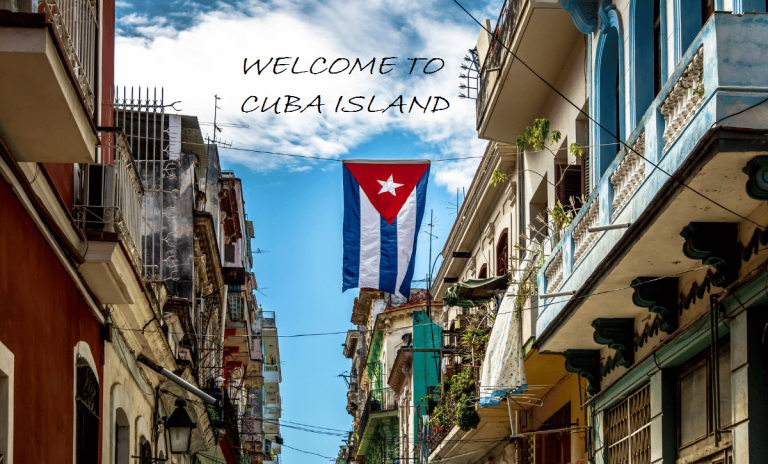

Cuba, the largest island in the Caribbean, continues to hold a sense of intrigue for many American travelers due to limited access until a diplomatic shift in 2014. Although permissible travel categories have expanded, leisure trips for Americans remain restricted. Those wishing to visit must justify their journey under one of the 12 approved reasons by the Department of Treasury’s Office of Foreign Assets Control, making trip planning a challenging task. However, for those persistent enough, a rich and vibrant culture awaits exploration, influenced by a blend of Spanish and African elements evident in its cuisine, music, art, and architecture. Venturing beyond the vibrant capital of Havana reveals 14 provinces, each offering stunning scenery and rare fauna not found elsewhere on the globe.
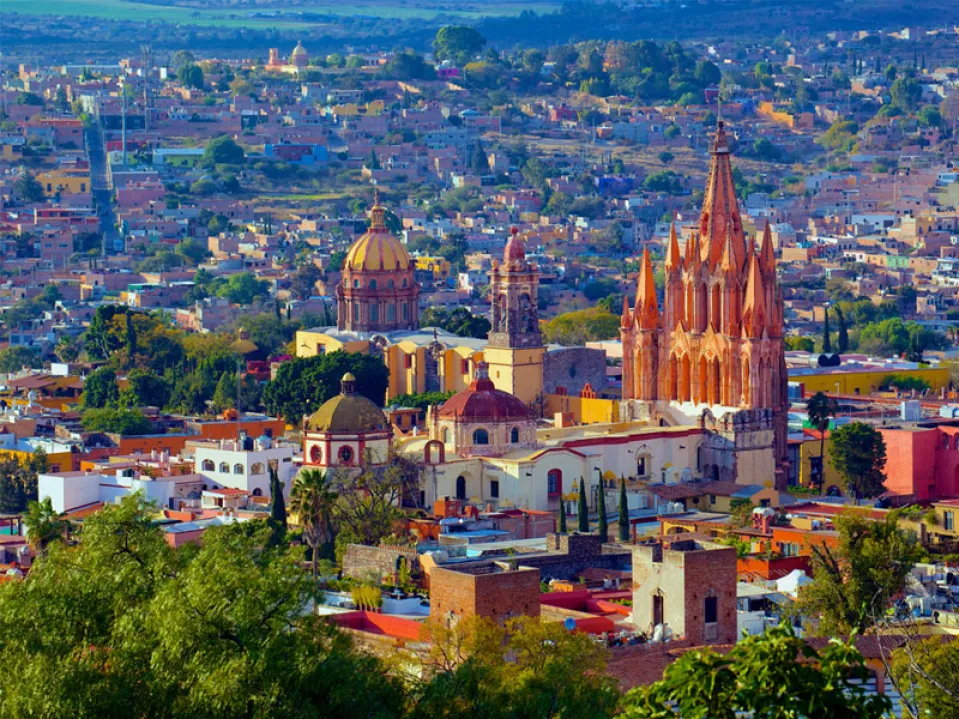
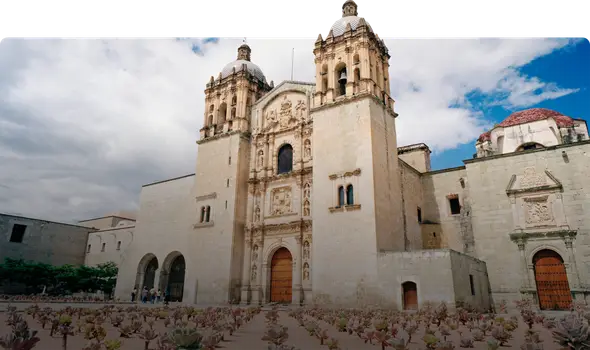
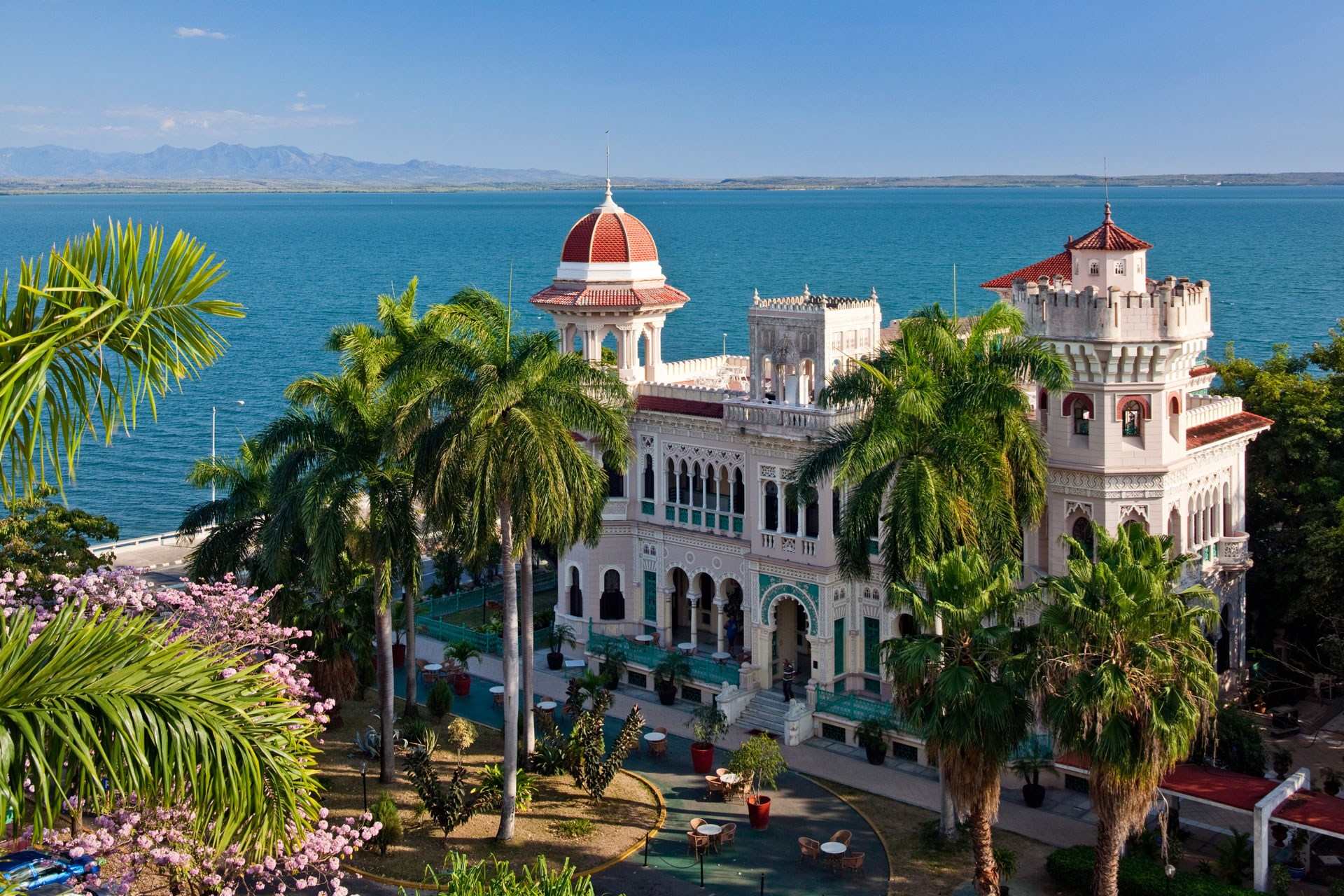
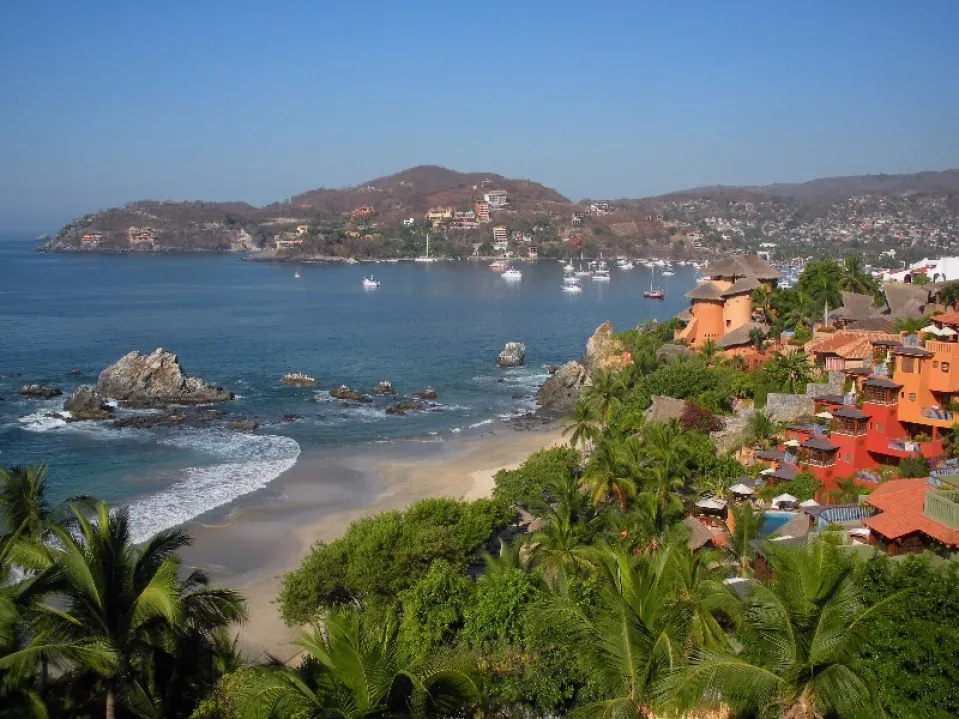


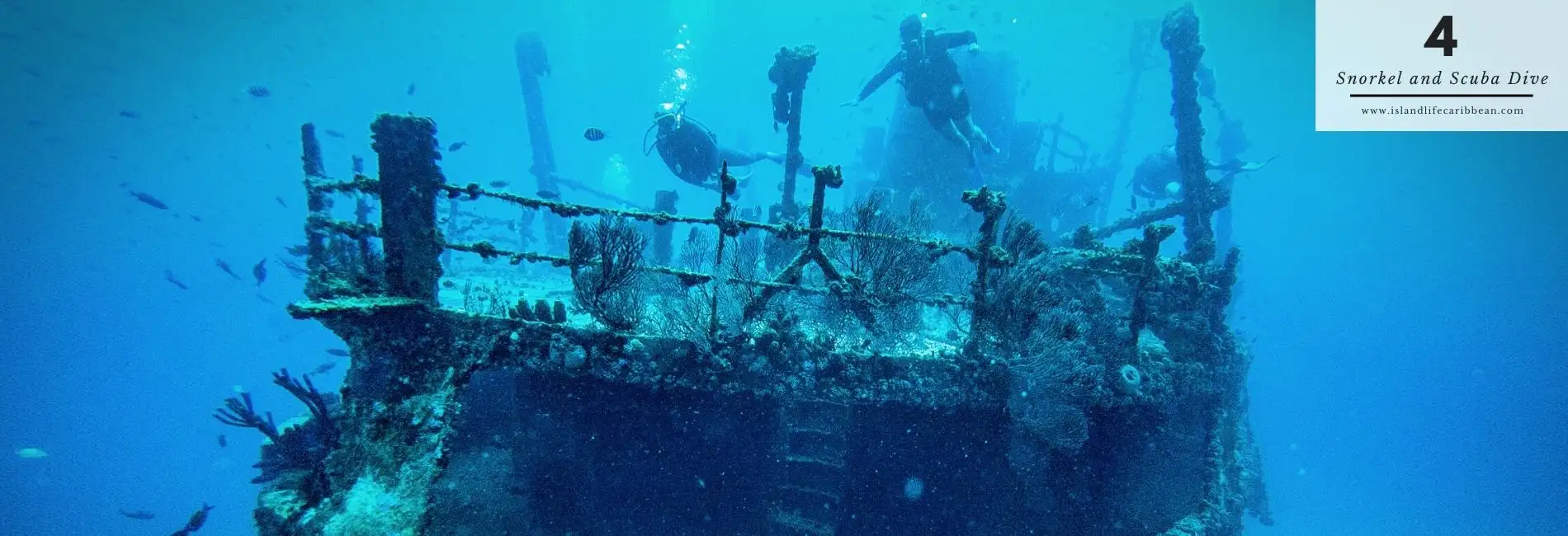
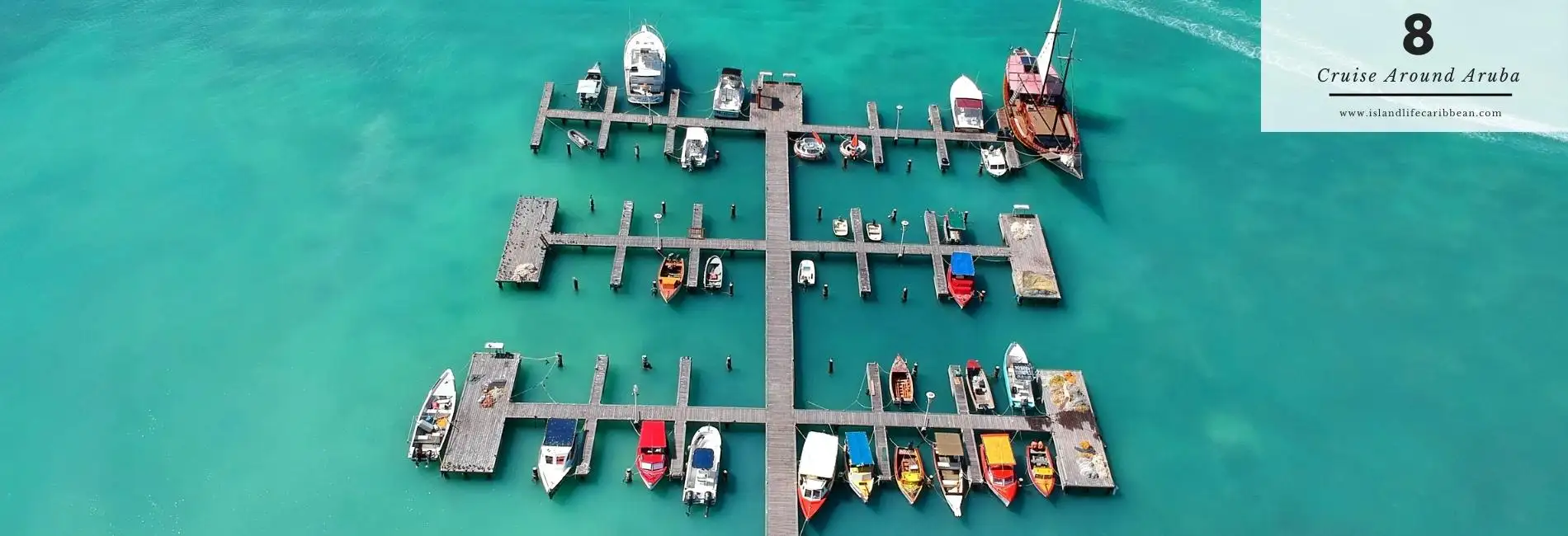
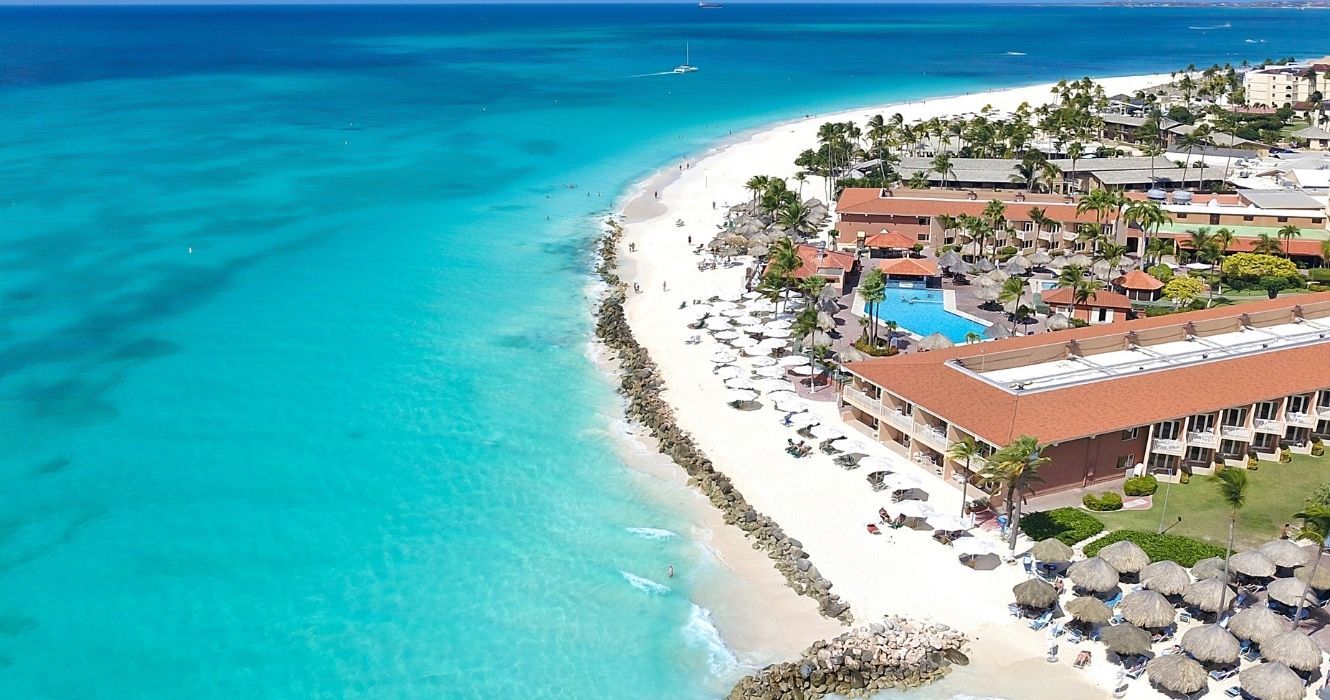
.
Imagine strolling through Havana as if you’re in a captivating history museum. The buildings that grace Cuba’s landscape tell a fascinating tale of the island’s intricate past, shaped by Spanish, African, and indigenous influences.
One standout style you’ll notice is Cuba’s colonial architecture, a gift from the Spanish during the 16th to 18th centuries. Unraveling the secrets of Cuba’s architectural wonders adds an extra layer of joy to your journey, promising an authentic experience. Intrigued? Dive into our blog, where we’ve crafted a delightful guide to everything you need to know about Cuba’s colonial architecture before your adventure begins!
Here are some cool facts about old buildings in Cuba: They’re made in a style called Baroque, known for fancy decorations and detailed patterns carved into stone or plaster. The Spanish started this style in the 16th century when they came to Cuba, but as time went on, local influences like African and Caribbean ideas got mixed in, making what we now call Cuban colonial architecture.
A neat thing about Cuba’s buildings is that many of them were built using local stuff like limestone and coral. Using these materials not only made the buildings look special but also helped them handle the hot and humid weather in Cuba. People back then used this style for all kinds of buildings, like government offices, churches, shops, and houses. Some of the most awesome buildings were used by the colonial government, like the Palacio de los Capitanes Generales.
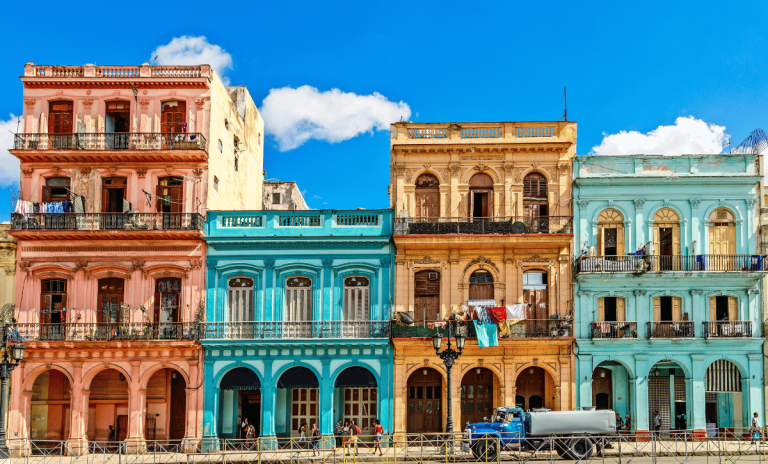
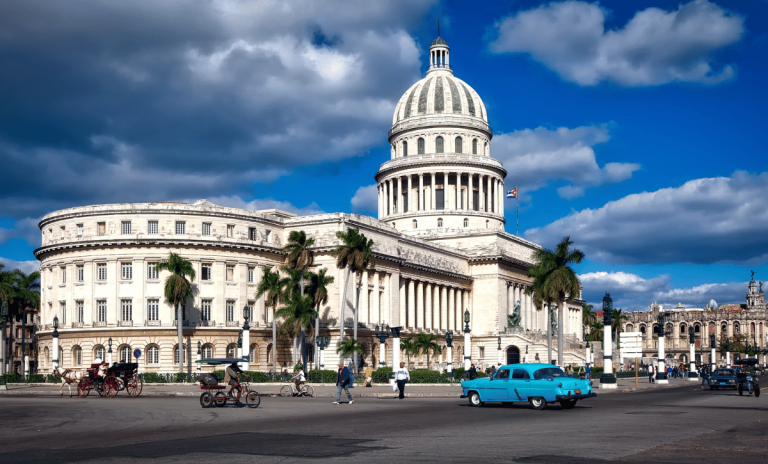
If you’re into cool old buildings, there are some must-see ones in Cuba!
One awesome example of Cuban colonial architecture is the Castillo de San Pedro de la Roca in Santiago de Cuba. It’s like a fortress from the 17th century, showing off the fancy Spanish Baroque style with its big walls and detailed designs.
Then, there’s the Palacio de los Capitanes Generales in Havana, built in the 18th century. This place used to be the headquarters for the colonial government, and it’s a real showstopper with its fancy balconies and super detailed ironwork. Imagine walking around these incredible spots, it’s like stepping back in time!
Cuba is like a treasure chest of amazing old buildings! The Havana Cathedral is one of them, standing tall since the 18th century and making Havana’s skyline look incredible. Don’t forget the Plaza de la Catedral right in front of it it’s a jaw-dropping square with that classic colonial style.
And if you’re into exploring outdoors, Old Havana is the place to be! Picture yourself wandering around Plaza Vieja, Plaza de Armas or Plaza del Cristo each one tells a cool story about the city’s past.
A bit away from Old Havana, there’s the Castillo de la Real Fuerza, a fortress from the 16th century. It was built to guard Havana’s harbor from pirates! Imagine the thick walls and moat it’s like a real-life castle. Inside, you’ll find exhibitions about Cuba’s maritime history.
Another must see is the Iglesia y Convento de San Francisco de Asis, dating back to the 16th century. These buildings are a mix of Baroque and neoclassical styles that is super cool! Plus, there’s a museum next door with colonial era stuff and artwork.
Now that you’ve got a sneak peek into Cuba’s awesome architecture, why not start planning your own adventure? If you need help or ideas, you can check out our trip suggestions or chat with our travel experts to create your dream journey!
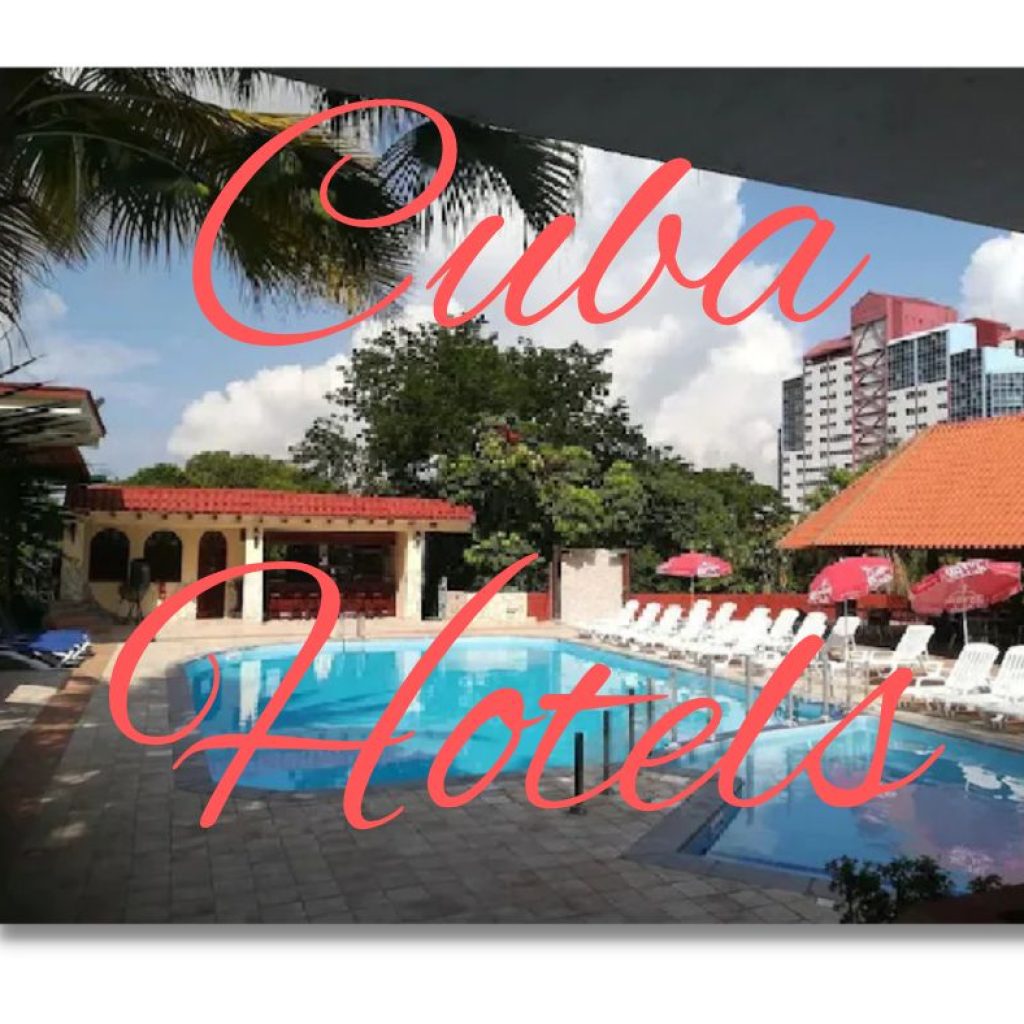
Listen to the soothing sound of waves crashing onto the shore and gaze out over the sparkling waters on your Santiago de Cuba holiday. If you’re craving some time out, a trip to Santiago de Cuba is your ticket to relaxation. We have plenty of Santiago de Cuba packages to pick from. Snap one up near Daiquiri Beach, just 11 kilometres from the centre of town, and live out your holiday dreams without hurting your budget.
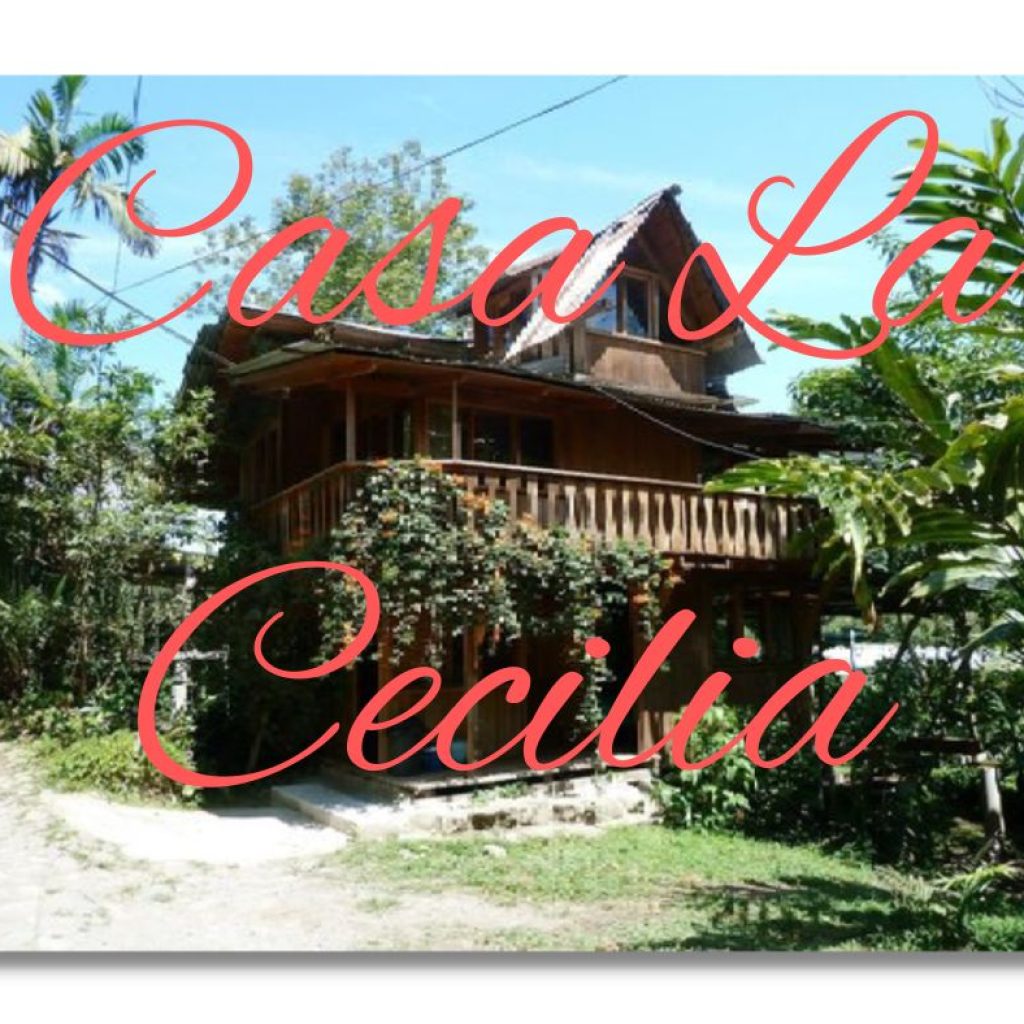
A colonial home from 1932, Hostal San Francisco 414 SANTIAGO DE CUBA is in the city’s centre just 200 metres from Enramadas Boulevard, 500 metres from Parque Céspedes, metres from the cathedral, metres from the street Heredia, which is bustling with history and culture, metres from the Casa Granda hotel, metres from the oldest house in Cuba, and metres from Diego Velázquez.
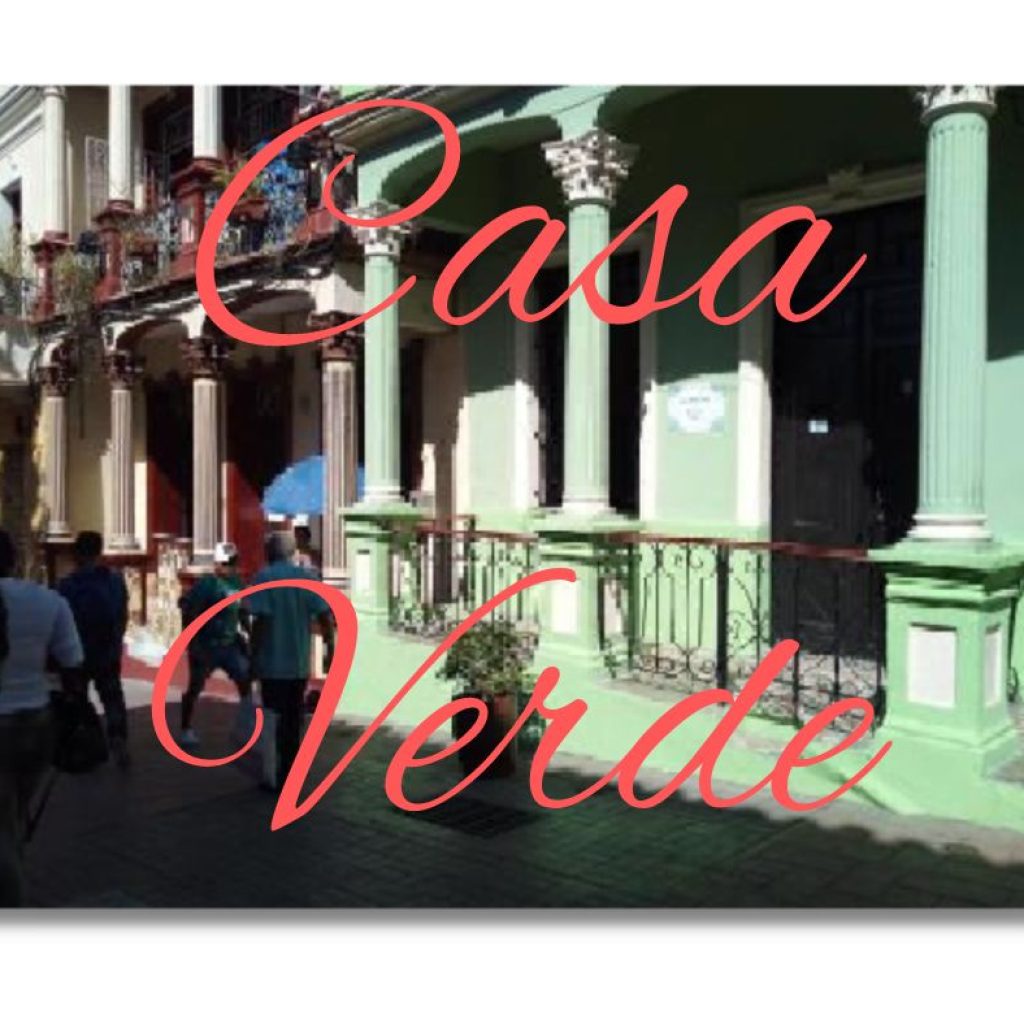
A Green House SANTIAGO DE CUBA built in the first half of the twentieth century and located in the best of enramadas street (pedestrian street where the entire life of the city passes) draws attention to its beautiful facade with a pleasant porched entrance, perfect for sitting in it, having a mojito and enjoying the afternoon watching people go by on the street
Cuba provides a diverse range of lodging options catering to various preferences and budgets. Here are some sought-after places to stay across the island:
-Old Havana (Habana Vieja): Immerse yourself in the colonial charm of this historic district, offering boutique hotels, private homes (casa particulares), and larger hotels.
-Vedado: A contemporary neighborhood, blending hotels, guesthouses, and private homes, renowned for its vibrant nightlife and cultural attractions.
-Varadero Beach: Renowned for its breathtaking beaches, Varadero offers an array of all-inclusive resorts and hotels, perfect for those desiring a beachfront experience.
-Historic Center: Explore Trinidad’s UNESCO World Heritage-listed center with its impeccably preserved colonial architecture, where many choose casas particulares for an authentic stay.
-Viñales Valley: Delight in the picturesque rural setting, known for tobacco fields and stunning landscapes, offering casas particulares and eco-friendly lodges.
-Punta Gorda: Situated on a peninsula, Punta Gorda provides waterfront accommodations in a relaxed atmosphere.
-Key Islands: Known for their exquisite beaches and resorts, these keys offer prevalent all-inclusive options.
-Historic Center: Camagüey boasts a well-preserved historic center featuring casas particulares and charming boutique hotels.
-Guardalavaca: A beach resort area in Holguín, offering a mix of all-inclusive resorts and smaller hotels.
-Town Center: Discover Baracoa’s natural beauty with accommodations ranging from hotels to casas particulares in the town center.
When reserving lodging in Cuba, consider the experience you desire, whether it’s immersing in local culture with a casa particular or enjoying the convenience of an all-inclusive resort. Booking in advance, particularly during peak seasons, is advisable.

Looking to find great travel deals or enjoy the biggest savings on your next trip with quality travel services? Trip.com has you covered. With our easy-to-use website and app, along with 24-hour customer service.
Take a journey through Cuba’s beautiful island scenes, where each picture shares a tale of enchanting beauty. The Cuban Canvas gives photographers a mix of captivating views, from the lush greenery of Viñales Valley to the clean beaches meeting clear blue waters. Capture the charm of Havana’s old buildings, painted in bright colors with classic cars that bring the past to life. As the sun sets, soak in the warm colors painting the sky, turning the surroundings into a mesmerizing show. With each photo, the Cuban Canvas shows more than just landscapes; it tells a story of feelings and cultural richness. It invites photographers to capture the heart of this Caribbean gem in every shot.


All great deals deserve to be discovered. Don’t let high prices discourage your journey, organize your entire escape and explore all for your next trip! Check out our low prices and get ready to buckle up!
Like many other Caribbean locations, Cuba experiences hot and humid weather throughout the year, with summers being particularly intense. The hurricane season, which lasts from June to November, poses a risk, with September and October being the most susceptible months. Recent hurricanes during this period have been notably severe. December, January, and early summer attract the highest number of tourists, accompanied by peak prices. For those on a budget, late winter marks Cuba’s shoulder season, providing cooler temperatures and relatively more affordable prices compared to other times of the year.

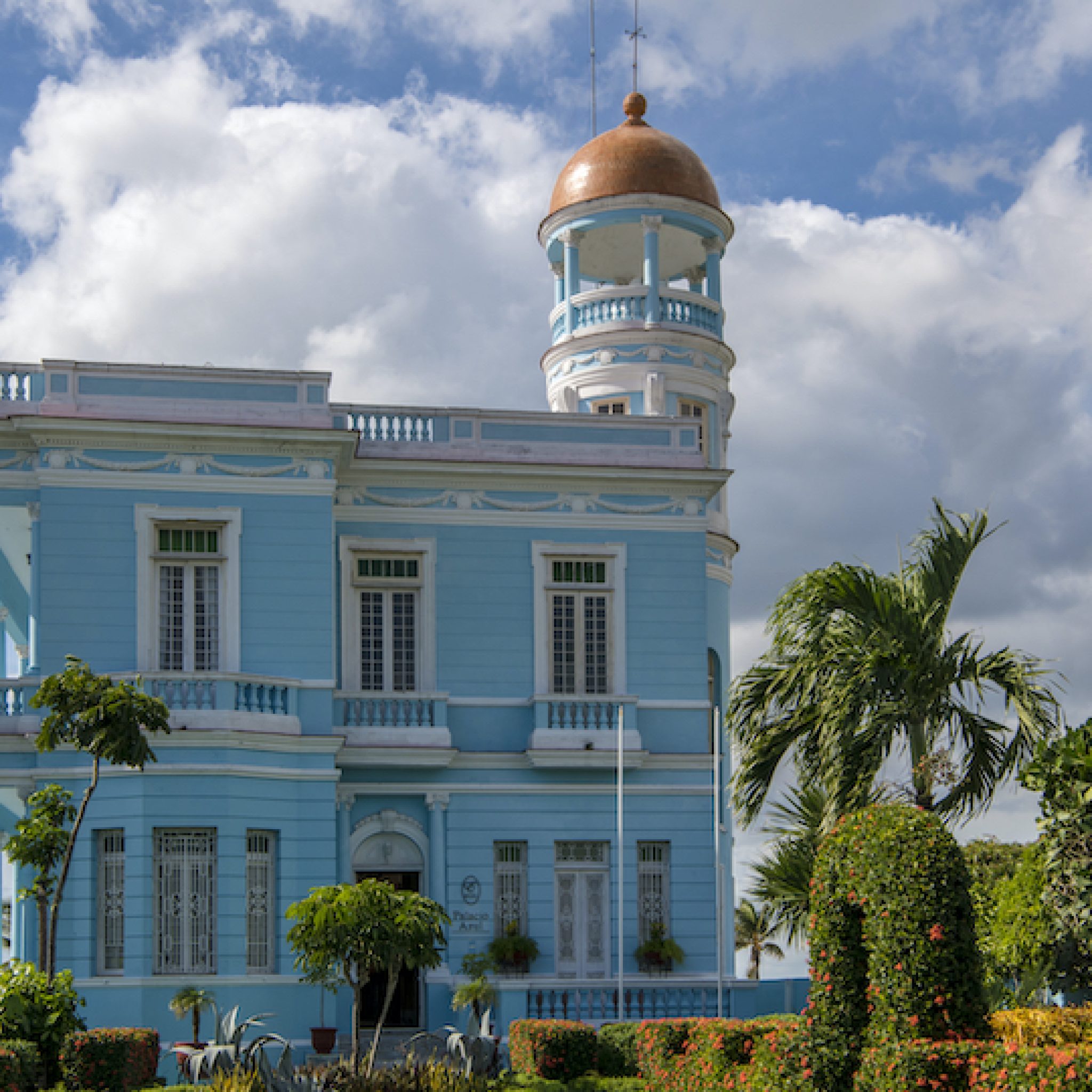
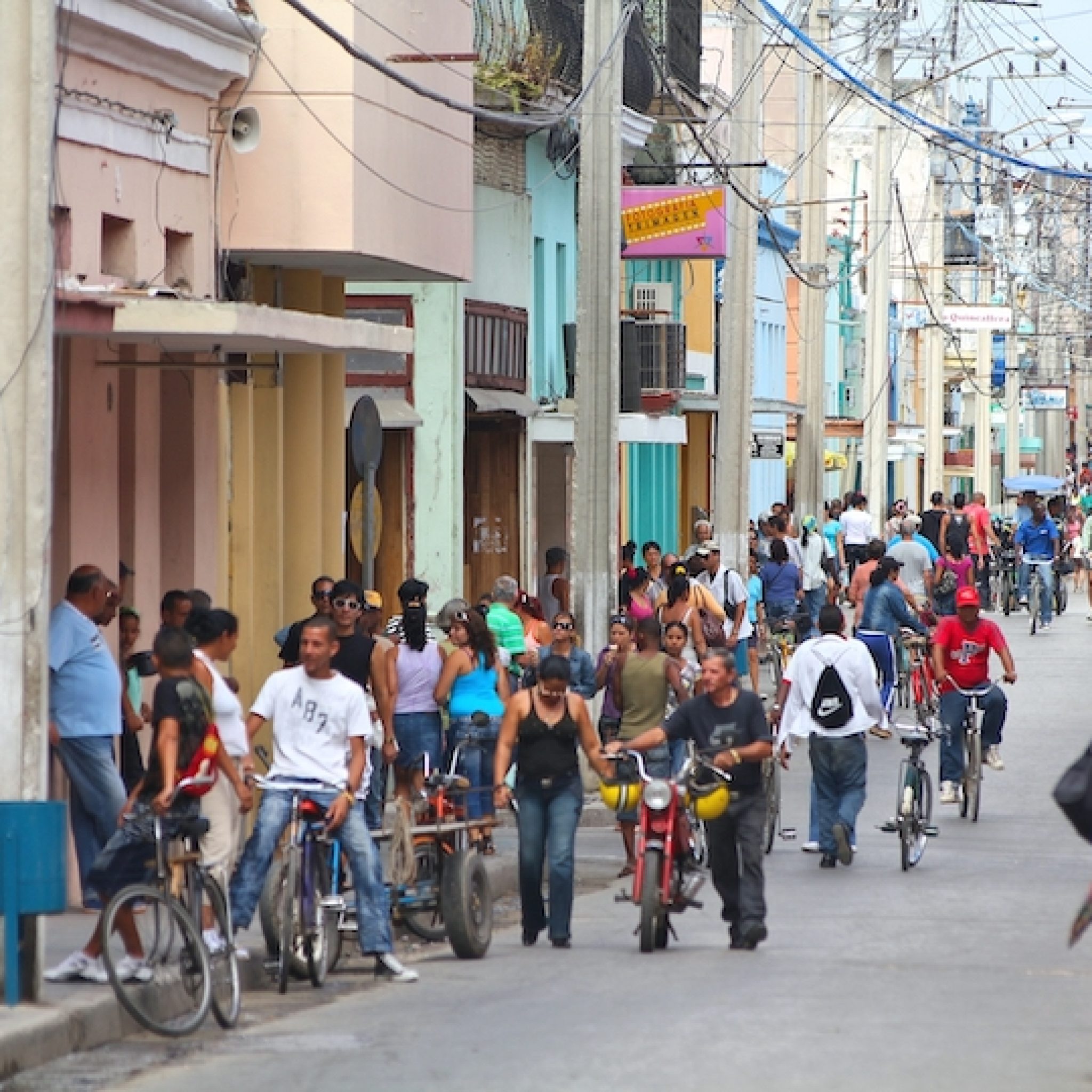
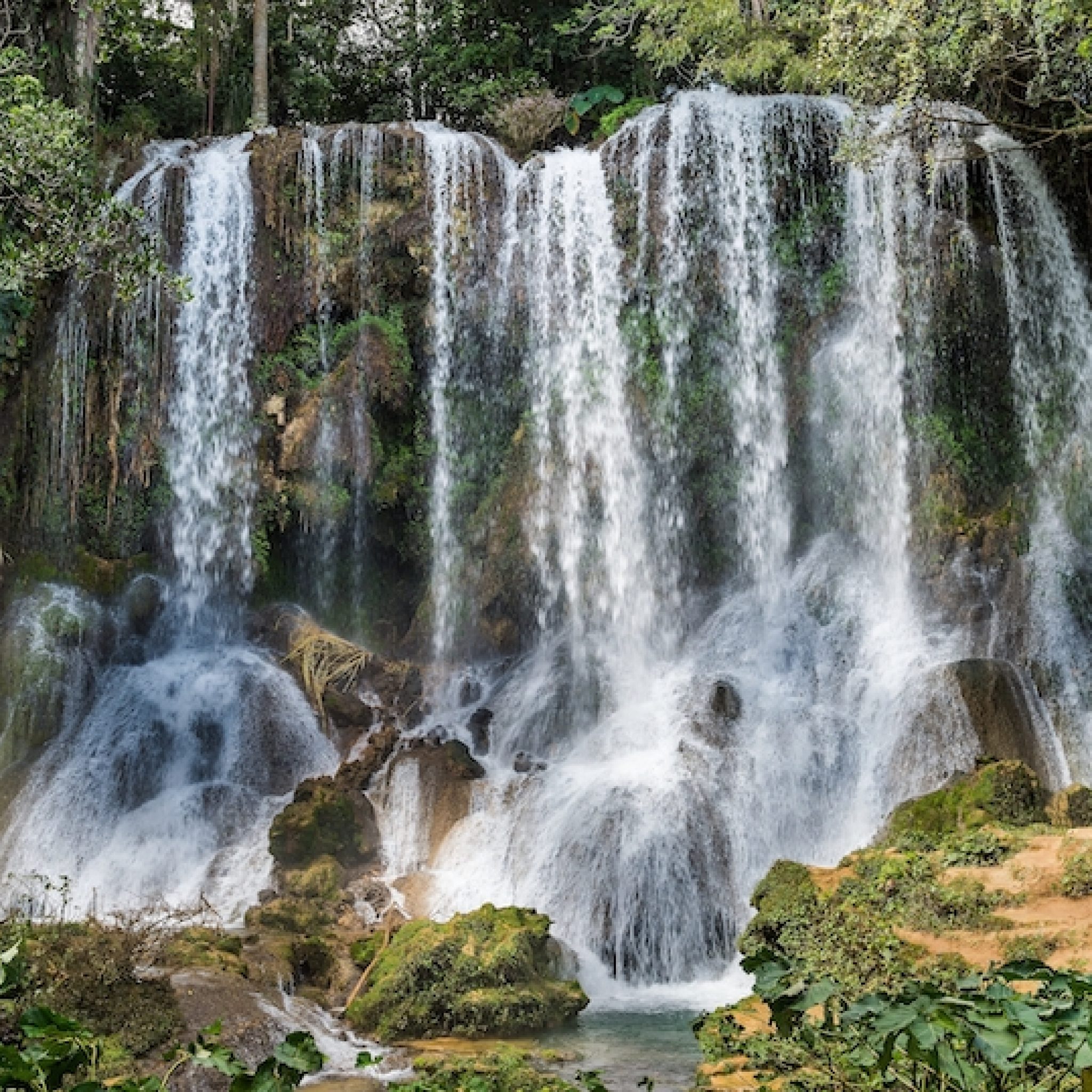
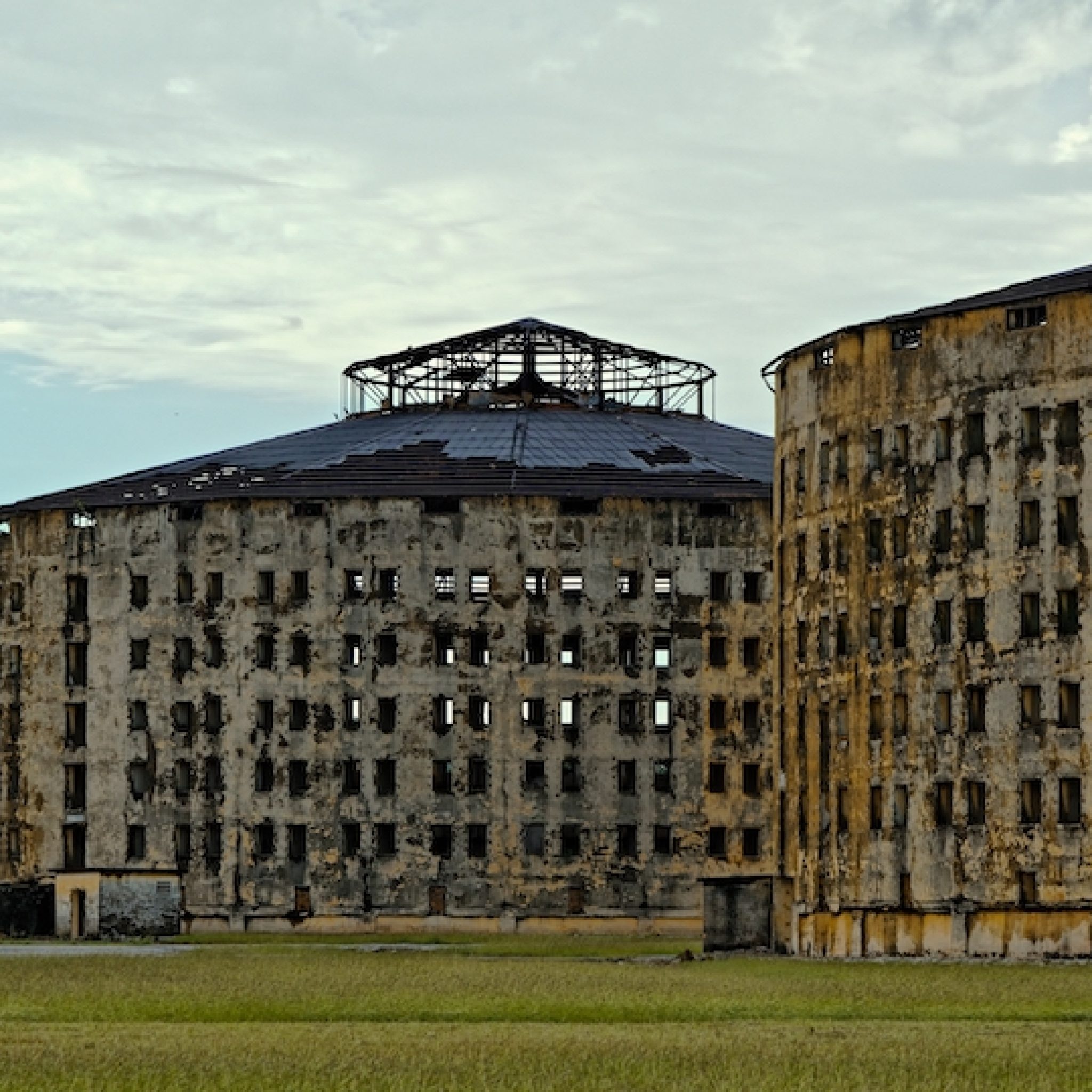
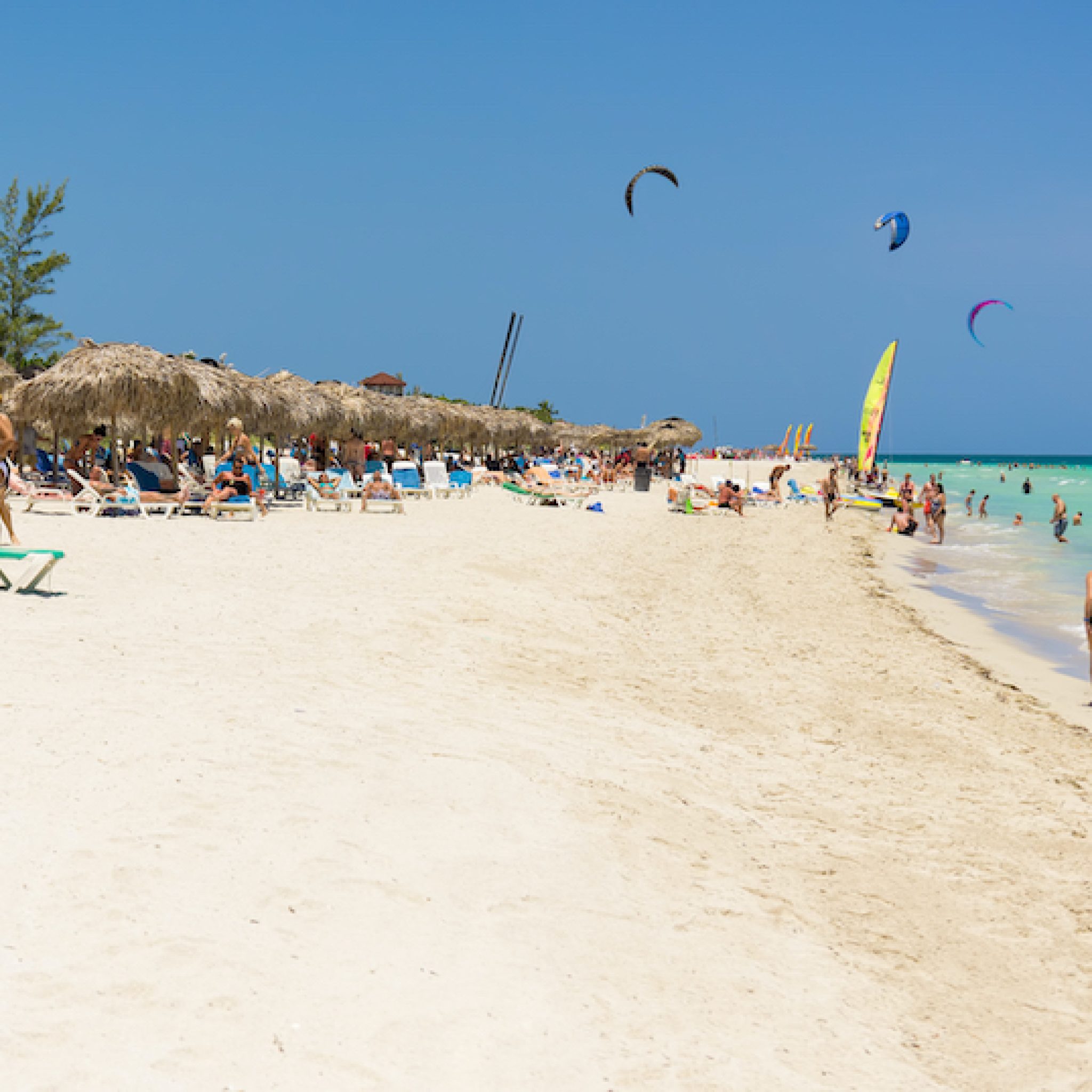
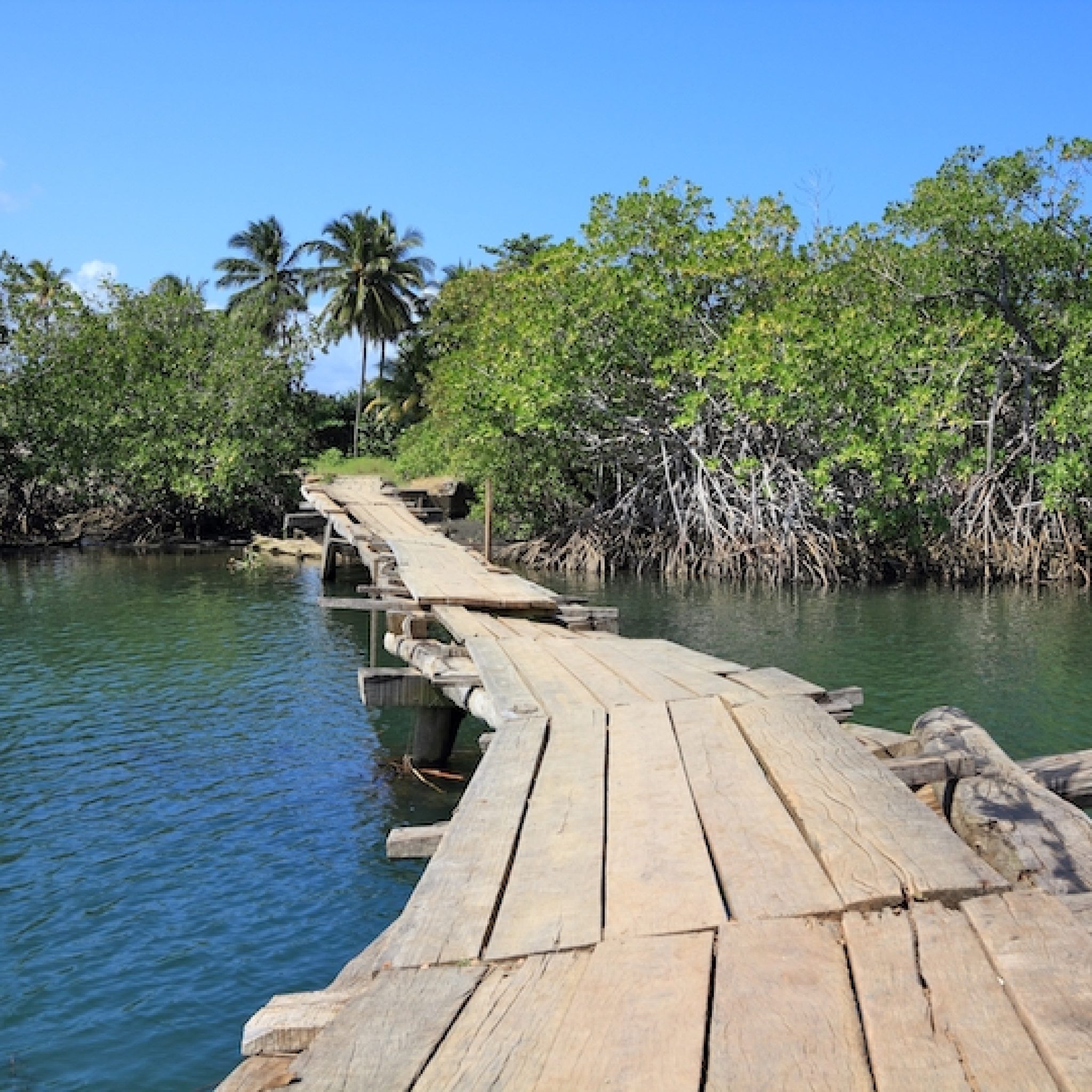
The largest island in the Caribbean Sea, Cuba is a fascinating place to visit that boasts a rich history, heritage, and culture. Long shaped by communism, Castro, Che Guevara, and the Cold War, Cuba is now an increasingly popular destination with a rapidly expanding tourism industry.
Here are some of the most interesting activites to do at Cuba Island:
Relaxing on the beach
Exploring Old Havana on foot
Taking a tour in a vintage car
Engaging in salsa dance
Attending a concert featuring Cuban music
Sampling cigars
Discovering Viñales Valley
Exploring the city of Trinidad
Participating in snorkeling
Trying out diving
Hiking in the Topes de Collantes
Attending a baseball game
Participating in a cultural festival
Visiting the Che Guevara Memorial
Exploring culinary delights
Touring a tobacco farm
Riding in a classic car
Enjoying a sunset cruise
Observing birdlife
Exploring art galleries
Cuba is famous globally for its lively culture and non-stop music. You can hear it in stores, bars, clubs, and even on the streets. The unique rhythms like salsa, rumba, and son that you find in Cuba have interesting roots in its history. Curious to know more about Cuban music? In this article, our Cuba experts dive into the history of music in Cuba and share some awesome places to experience it live.

Imagine if Cuban music could be a rainbow that’s how diverse it is! Cuba’s music blends African and European traditions, reflecting its rich history. The African influence goes way back to the 16th century when African slaves came to Cuba to work on plantations. They brought their rhythms, which mixed with the music from Spanish and French colonizers. This blend created what we now know as “son,” one of the most loved music styles in Cuba. Today, son includes instruments like the guitar, trumpet, and percussion.
Rumba, one of the coolest music styles in Cuba, started blooming in the 19th century. Back then, it was more of a street party with music and dancing, rooted in Afro-Cuban religious celebrations. People would groove to the beat on the streets and in their patios, using drums like conga, clave, and bongo.
As time rolled on, rumba got even cooler by mixing in vibes from Spanish and European music. Fast forward to the 20th century that’s when Cuban music really hit its stride. In the 1930s and 1940s, they started adding jazz and other hip styles, giving birth to awesome genres like mambo and cha-cha-cha. These tunes became a hit not just in Cuba but also all over Latin America and the United States.
Then, in the 1960s, the music scene got spiced up with a new flavor: salsa! Salsa took bits from son, mambo, and other Afro-Caribbean beats, and it became a sensation worldwide. Cuba’s music journey is like a fantastic ride through time!
Harmonious Havens:
Top Spots to Experience Live Music in Cuba
Now that you’ve got a glimpse into Cuba’s music history, it’s time to dive into the beats yourself! Cuba is alive with music, and there are awesome places to catch it live. Here are some cool spots we recommend:
These are just a few of the awesome places to groove to Cuba’s popular music. From Havana’s Casa de la Música to Santiago de Cuba’s El Tablao, there are plenty of spots to explore. Ready to plan your Cuba trip and soak in the vibrant music scene? Contact us to start making your next adventure happen!
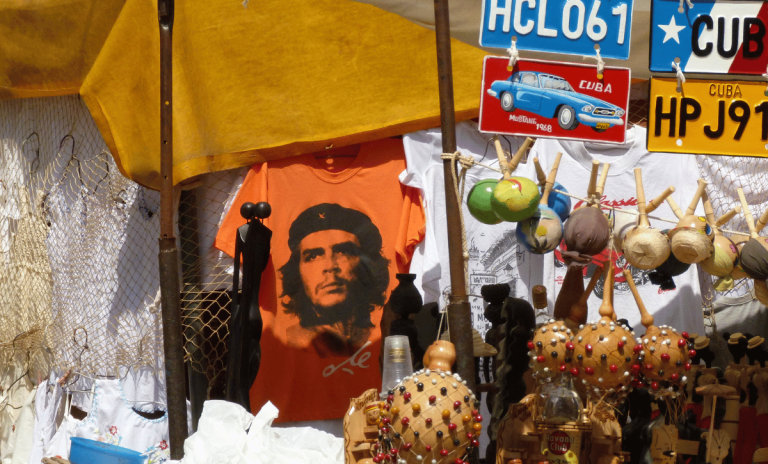
This historic district is adorned with delightful shops and markets showcasing Cuban crafts, artwork, and souvenirs. Mercaderes Street, in particular, stands out for its diverse array of shops.
Situated in Havana, the San José Craft Market is renowned as one of Cuba’s largest. It’s a prime destination for finding handmade goods, artwork, and traditional Cuban mementos.
Located near Havana’s Malecón, this market is a treasure trove of crafts, clothing, and art crafted by local artisans.
Nestled in Old Havana, this historic square hosts a book market offering both new and antique books, along with posters, stamps, and coins.
Trinidad, a UNESCO World Heritage site, showcases a dynamic artisan street market where you can acquire handmade pottery, textiles, and other local crafts.
Havana’s lively Calle Obispo is a bustling street featuring an array of shops, galleries, and boutiques an ideal destination for discovering unique finds and gifts.
For those in Varadero, the street market beckons with local crafts, artwork, and souvenirs, making it a favored spot for tourists seeking a piece of Cuba.
Keep in mind that haggling is a common practice in Cuban markets, so feel free to negotiate prices for items of interest. Additionally, be vigilant about local regulations pertaining to the purchase and export of specific goods.
Numerous U.S. cities, including New York City and Miami, now offer direct commercial flights to Cuba. Major airlines such as JetBlue, American, and Delta operate flights to various Cuban destinations, extending beyond Havana to cities like Cienfuegos, Trinidad, and Holguín. On arrival, navigating Havana is best done using taxis or bicycle taxis (bicitaxis), while outside the capital, renting a car is the most dependable, albeit costly, transportation choice. It’s worth noting that maps, signage, and road conditions may not be as reliable or well-maintained.
Cuba is an awesome place for families to visit, and one big reason is that Cuban culture is really welcoming for kids. In Havana, families can have a lot of fun with puppet theaters, a movie theater just for kids, and some special Cuban experiences like riding in coco-taxis, which are taxis shaped like coconuts and run by motorcycles. Outside of Havana, there are resorts in Varadero with everything included, where families can enjoy pools, activities, and clubs for kids. Many other cities and towns also offer cool adventures in culture, history, and nature for families to explore.
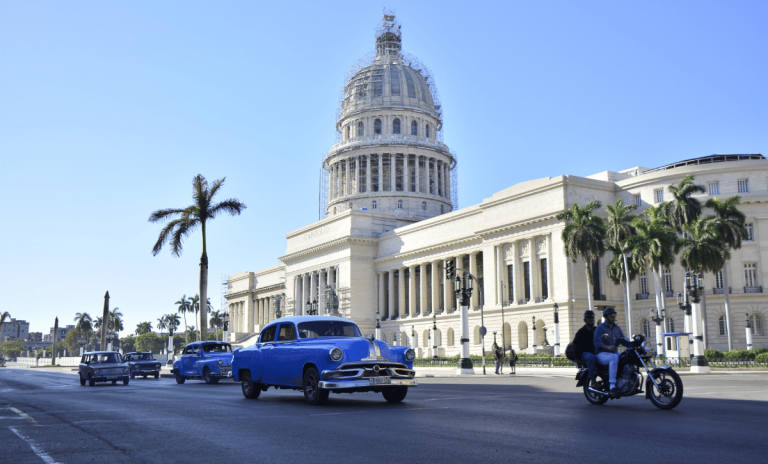
Cuba is not widely known for its amazing food, mainly because of the challenges caused by the U.S. embargo over many years. If you stay in hotels, you’ll have more food choices, but if you opt for a casa particular (kind of like a Cuban-style B&B), you might get treated to homemade Cuban dishes. Some typical foods include moros y cristianos (black beans and rice), sweet or fried plantains (maduros or tostones), and pork or chicken. Local beers are Bucanero and Cristal, and you can’t visit Cuba without trying Havana Club, the national rum. If you don’t drink alcohol, you might like guarapo, a fresh juice made from sugar cane.
La Guarida
Los Naranjos
Riomar Bar &Grill
Restaurante Café del Oriente
Lo de Monik
Sensacioones Restaurant
Mojito-Mojito
Restaurant 1720
Los Toneles
Delicias Cubanas
Covering a land area of 109,884 sq. km, Cuba is the largest country by land area in the Caribbean. With an area of 105,006 sq. km, the main island of Cuba is the 16th largest island in the world by land area. Several archipelagos (that include hound reds of island and cay’s) ring it’s coastline north and south. Isla de la Juventud (“Isle of Youth”) is the 2nd largest Cuban island and the 7th largest island in the West Indies.
As observed on the physical map of Cuba, Cuba’s land is relatively flat, flowing gradually into hills, including a few hills of limestone shown to the right. Cuba’s coastal areas are the most mountainous. In the Sierra de los Organos of the far-northwest, the landscape is hilly with a few lower mountains. In the southwest, the Sierra Maestra is a mountain range that rises sharply from the coast. Located there and marked by a yellow triangle, Pico Turquino at 6,650ft (1,999m), is the highest point in Cuba.
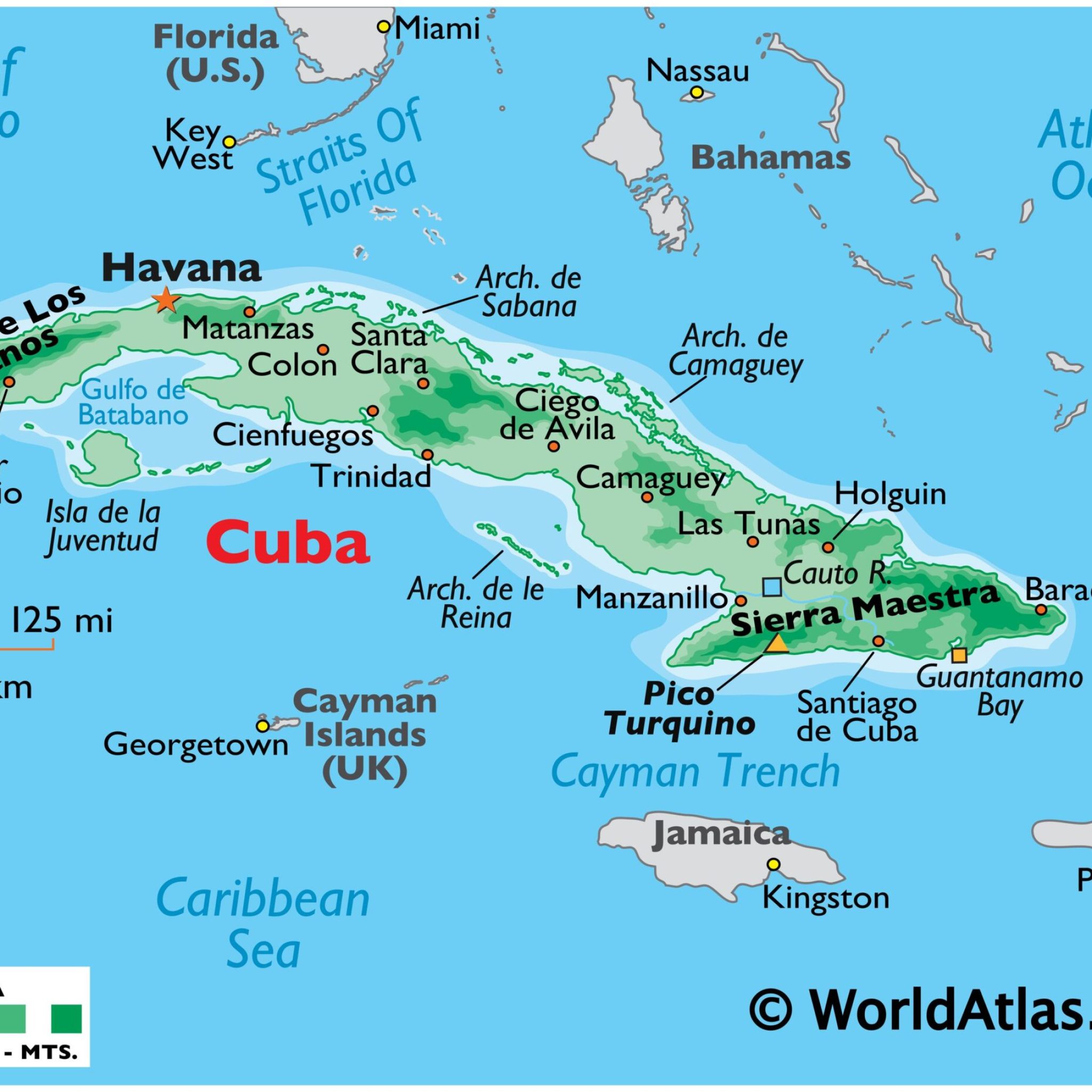
Lorem ipsum dolor sit amet, consectetur adipiscing elit. Ut elit tellus, luctus nec ullamcorper mattis, pulvinar dapibus leo.
